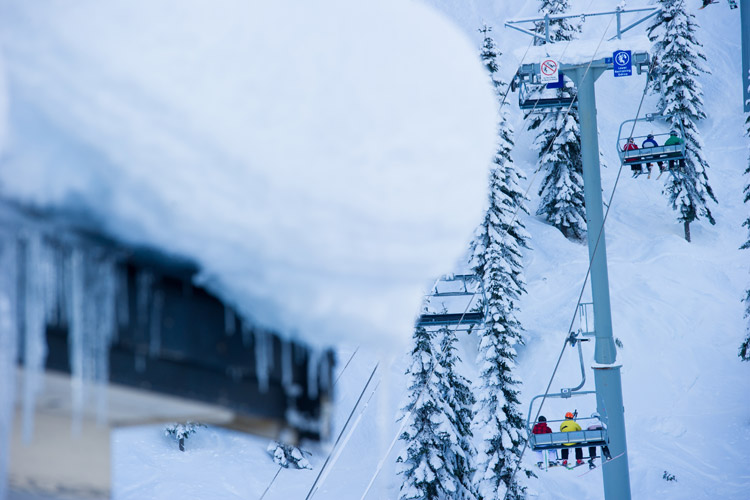Guest Author: Andrea Robson
It starts days and even weeks beforehand. The websites, the news reports, the emails suggesting snow is in the forecast. For the Whistler local, conversations about the weather have much more meaning than simply a way to connect awkwardly with colleagues or acquaintances. Here in the mountains the weather controls our work, our play and to some extent, our lives. And so we are all Amateur Meteorologists, constantly following low-pressure systems as they drift across the Pacific ocean or Arctic outblasts sinking down from the north.
And when we look up and the first flakes melt on our faces, snow we have been waiting and wishing for and telling everyone to expect, that is our amateur payday. When the sun dips from the clouds to hide behind the mountains and the drive home becomes a mesmerizing trance of zooming snowflakes like a scene out of Star Wars, the Amateur suddenly feels pro.
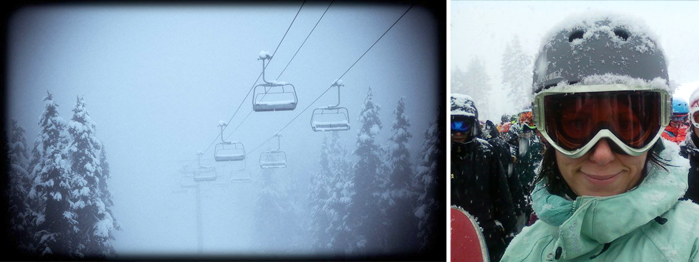
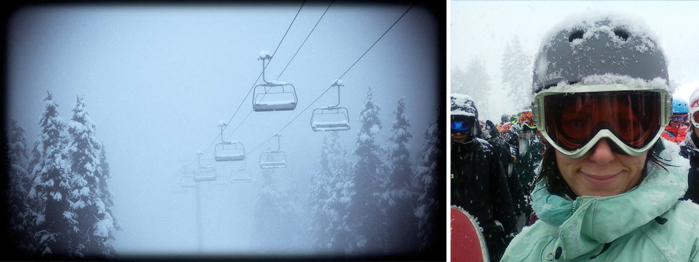
This is when it’s time to take action. After we’ve waxed the board and set the alarm for 7 AM, the Amateur Meteorologist always takes a moment to pause and defer to the voice of a higher power—the Ski Patroller’s Snowphone delivers the most accurate stats and the webcams provide live images. That’s when the gears in our heads come to life and the next round of predictions begin—because it’s not just how much snow, it’s what kind of snow? What’s the temperature at the top? How windy is it up there? The variables are endless and everyone’s got an opinion.
But it’s all important. Weather conditions affect how we dress (warm, but not too warm), where we ride (certain pitches may be wind-packed) and how the day will unfold. Because the Amateur Meteorologist knows that -5°C at the top with winds blowing from the south at 10 km/hour, gusting to 30, with 10cm overnight and 30 on the storm board and light snow tapering to flurries in the afternoon…that means that the Peak chair might not open till noon (but it’s worth it to start standing in line at 10:30 while Ski Patrol finish bombing).
Because one of life’s greatest pleasures comes when they do drop the rope and the crowd starts to cheer and the upload begins. And at the top, with the sun gleaming on your face, Black Tusk majestic in the background and a fresh foot of untracked powder beckoning, you can turn to closest friends and say, “See, I told you it was gonna be epic.” And it is, and you are ready for it.
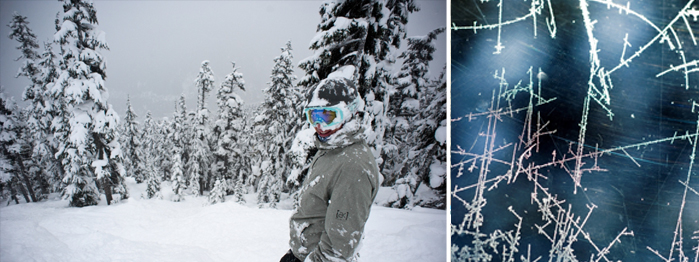
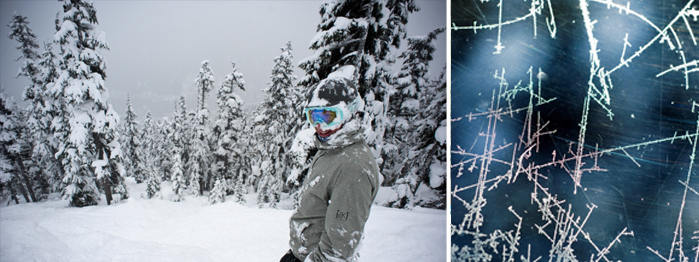
Preparedness comes with experience. So here are the lessons I have learned in my career as an Amateur Meteorologist. I hope they help you:
- Keep an eye on The Weather Network for a more long range prediction of snow or any type of precipitation. Start planning your trip / days off.
- Have your board waxed and tuned with the right wax for the weather. (Optional, but you’ll notice the difference and a faster board means more powder laps while the unwaxed get bogged down on the flats).
- Prepare your layers – an under layer, a mid layer and a shell at minimum. Plus toque, waterproof mitts and a good helmet. You might consider shedding a layer if it looks like it might warm up. But, it’s better to be too warm than too cold (written by a female who loves to be warm).
- The night before, check your email for the snow report in you inbox or hit up the local weather and check alpine temperature and look for how much snow is expected to fall overnight – the more snow, the earlier you need to get in line. Especially on a Saturday.
- Eat a good breakfast and pack a snack in your pocket. Nothing worse than running out of energy when you are only two runs in or standing in the Peak Chair lineup. You won’t want to stop. (I keep a Cliff Bar in my snowboard pants at all times.)
Of course, the best way to know what the weather’s doing is to get out there and enjoy Whistler’s bounty of snow for yourself.
